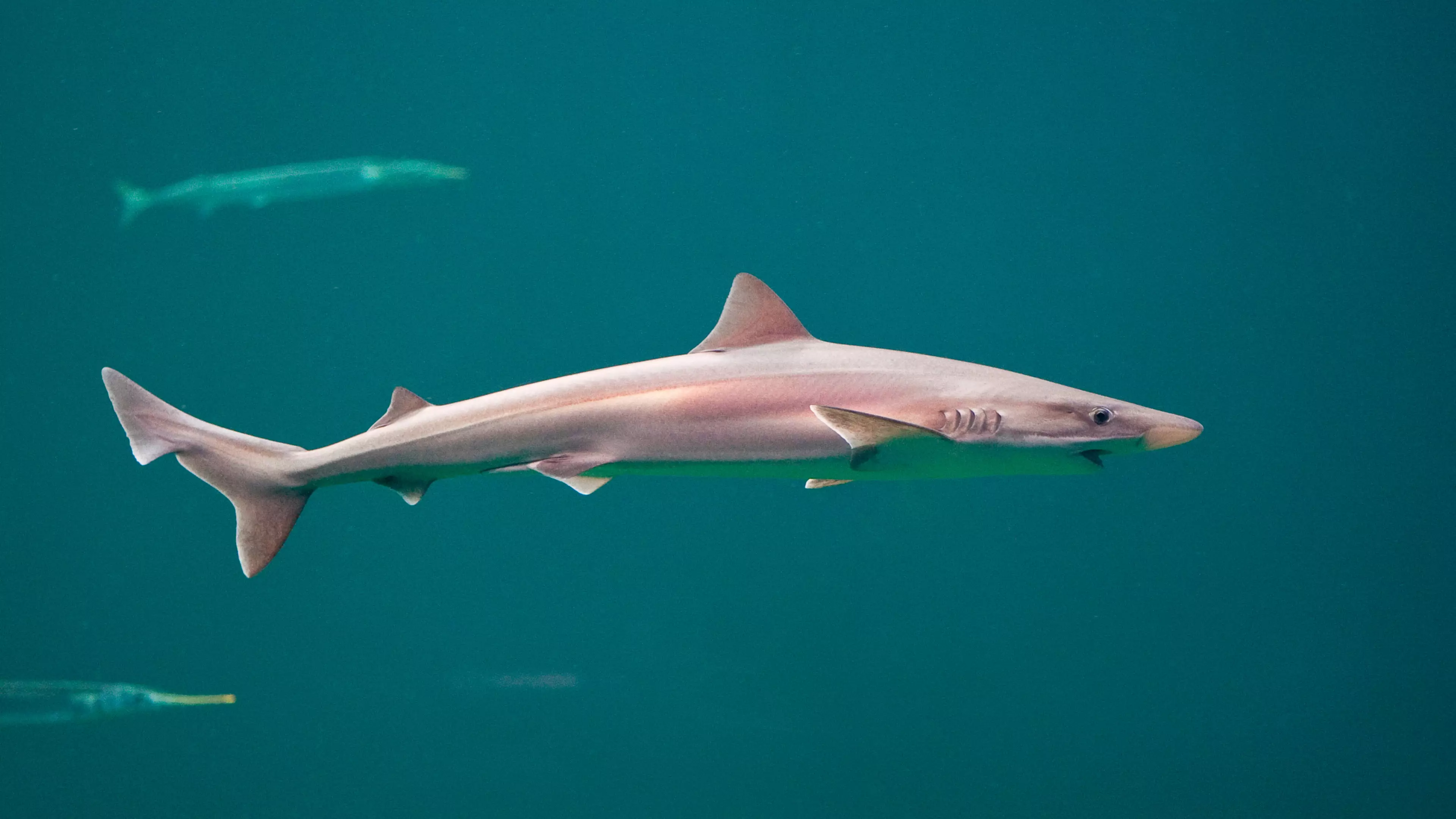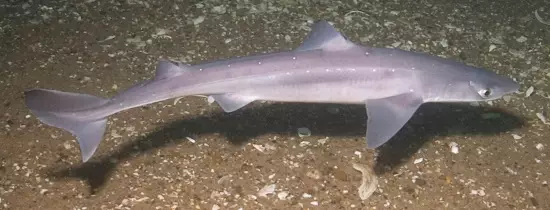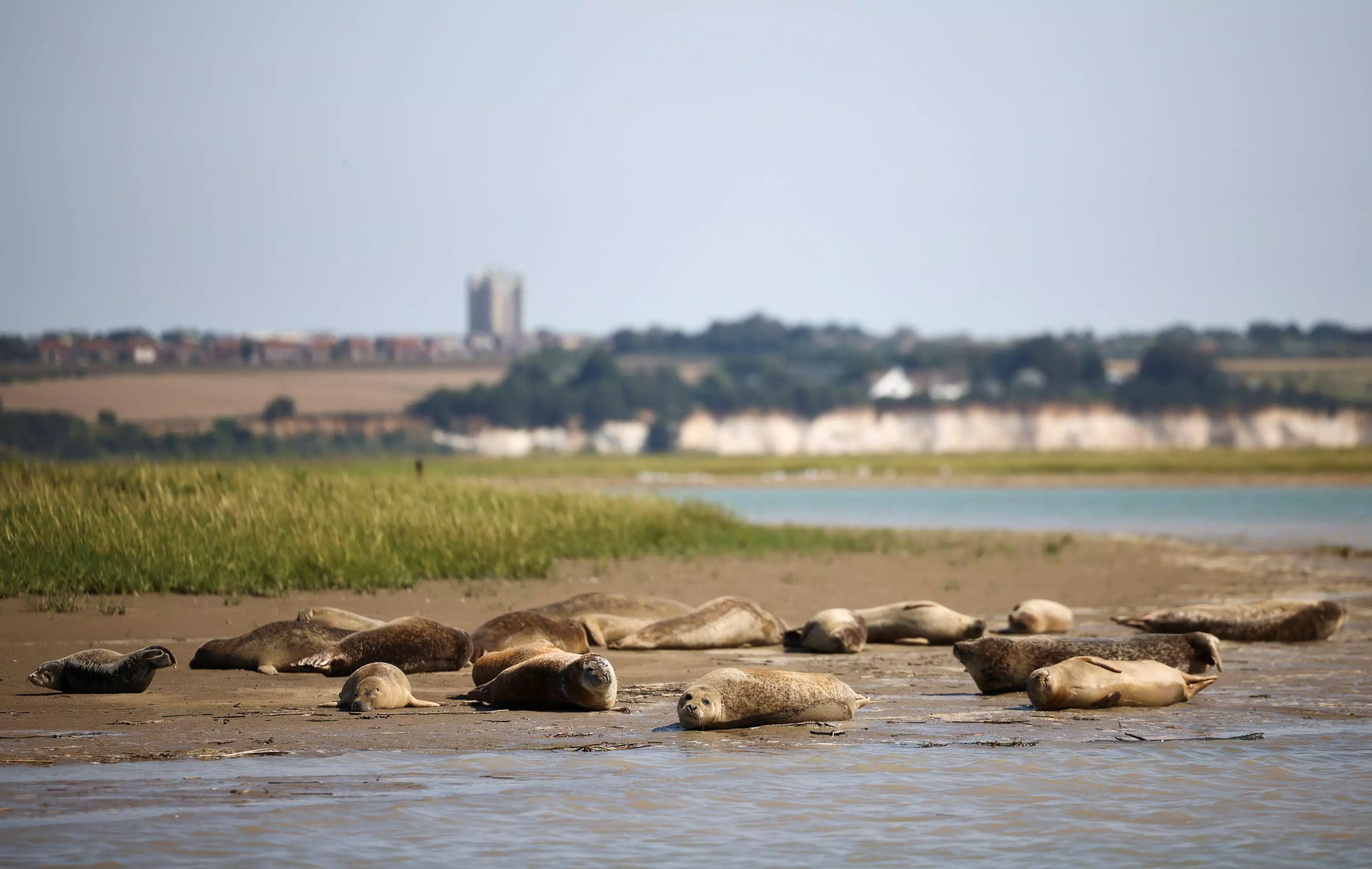
Guys, there are sharks in the Thames. Admittedly they're not great whites, but they can release venom from their fins.
Tope (which can grow up to six foot), starry smooth-hounds and spurdogs are said to be occupying the water and using it as a nursery due to their preference of giving birth in shallow bays.
Spurdogs are the ones that can release a venom which, according to British Sea Fishing, can cause swelling and discomfort to humans.

Alison Debney, who works at the Zoological Society of London (ZSL), said that the Thames is now home to over 115 species of fish, 92 species of bird and almost 600 hectares of salt march which is crucial for wildlife.
Advert
Speaking to The Sun, Alison said: "Estuaries provide us with clean water, protection from flooding and are an important nursery for wildlife.
"This report has enabled us to really look at how far the Thames has come on its journey to recovery."
This all shows how successful conservation work has been when it comes to improving water quality and oxygen concentrations.
On top of the numbers of fish and birds, there is also a thriving seal population in the Thames.
Advert
A team of researchers from the ZSL found the river was home to 2,866 grey seals and 797 harbour seals following the most recent pupping season.

Apart from 2020 when the survey was paused due to the pandemic, the seals have been counted every year since 2013.
In 2019, 932 harbour seals and 3,243 grey seals - identifiable by their longer muzzle - were counted.
Advert
Despite the fall in numbers, the research team said it is not definitive proof that the two populations of seals are facing difficulties.
Conservation biologist Thea Cox said: "It is the long-term picture that is most significant, and that's why it is important to do these surveys on a regular basis.
"Changes in number can be down to a few factors, such as the variability in the proportion of seals at sea whilst the survey is taking place, but this is something we want to keep a close eye on."
Ms Cox went on: "As top predators, (seals) are a great indicator of ecological health, so they tell us how the Thames is doing."
Featured Image Credit: blickwinkel/Alamy Stock Photo